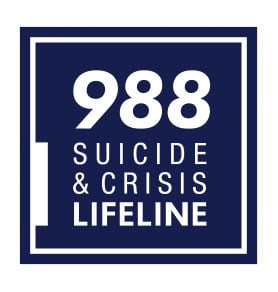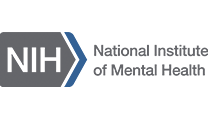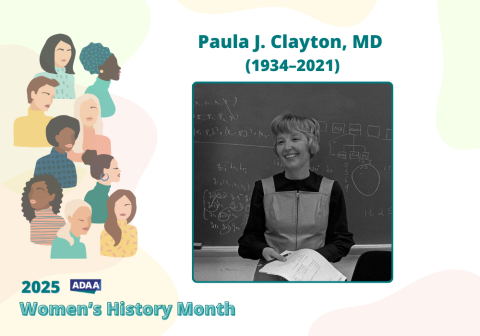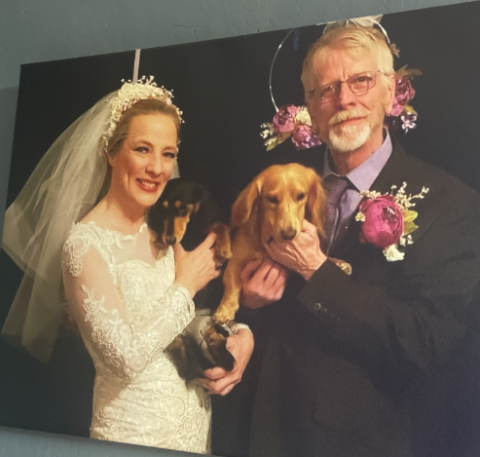
You Are Not Alone. Support is Available.
If you are in crisis, call or text 988 - the Suicide & Crisis Lifeline.

- What to Watch For if You Feel Someone is at Risk
- 5 Action Steps for Helping Someone in Emotional Pain
- Did You Know?
- American Foundation for Suicide Prevention (AFSP) Statistics
- Suicide (ADAA Public Statement)
Suicide Statistics and Facts
Suicide is the 11th leading cause of death in the U.S. (AFSP)
- In 2022, almost 50,000 Americans died by suicide, with an estimated 1.6 million suicide attempts. (CDC: Suicide)
- The suicide rates were higher among adults ages 25 to 34 years (19.04 per 100,000) and 75 to 84 years (20.26 per 100,000), with the rate highest among adults ages 85 years or older (23.02 per 100,000).
- Since 2021, the suicide rates increased for those age 35 and older and and decreased for those age 34 and below. Youth below age 25 have had consistently lower suicide rates than middle-aged and older adults.
- In 2020, men died by suicide 3.85x more than women.
- The rate of suicide is highest in middle-aged white men, accounting for 68.46% of suicide deaths in 2022. AFSP
Suicide rates vary by race/ethnicity, age, and other factors, such as where someone lives.
Suicide Warning Signs
People who kill themselves exhibit one or more warning signs, either through what they say or do. The more warning signs, the greater the risk. The American Foundation for Suicide Prevention offers the following helpful guide.
What to Watch For if You Feel Someone is at Risk:
If a person talks about:
- Being a burden to others
- Feeling trapped
- Experiencing unbearable pain
- Having no reason to live
- Killing themselves
Specific behaviors to look out for include:
- Increased use of alcohol or drugs
- Looking for a way to kill themselves, such as searching online for materials or means
- Acting recklessly
- Withdrawing from activities
- Isolating from family and friends
- Sleeping too much or too little
- Visiting or calling people to say goodbye
- Giving away prized possessions
- Aggression
People who are considering suicide often display one or more of the following moods:
- Depression
- Loss of interest
- Rage
- Irritability
- Humiliation
- Anxiety
Prevention: 5 Action Steps for Helping Someone in Emotional Pain:
- Ask: “Are you thinking about killing yourself?” It’s not an easy question but studies show that asking at-risk individuals if they are suicidal does not increase suicides or suicidal thoughts.
- Keep them safe: Reducing a suicidal person’s access to highly lethal items or places is an important part of suicide prevention. While this is not always easy, asking if the at-risk person has a plan and removing or disabling the lethal means can make a difference.
- Be there: Listen carefully and learn what the individual is thinking and feeling. Findings suggest acknowledging and talking about suicide may in fact reduce rather than increase suicidal thoughts.
- Help them connect: Save the National Suicide Prevention Lifeline’s number in your phone so it’s there when you need it: 988. You can also help make a connection with a trusted individual like a family member, friend, spiritual advisor, or mental health professional. If you are outside of the U.S., please visit the International Association for Suicide Prevention for a database of international resources.
- Stay Connected: Staying in touch after a crisis or after being discharged from care can make a difference. Studies have shown the number of suicide deaths goes down when someone follows up with the at-risk person
It may also be helpful to save several emergency numbers in your cell phone. The ability to get immediate help for yourself or for a friend can make a difference.
- The phone number of a trusted friend or relative
- The non-emergency number for the local police department
- The Crisis Text Line: 741741
- The National Suicide Prevention Lifeline: 988
ADAA and SAVE have collaborated to bring you this helpful suicide prevention infographic. We encourage you to download and share this infographic with your communities.

Did You Know?
- Suicide affects all age groups, including children. More people die from suicide than from automobile accidents.
- The CDC has updated the Suicide Prevention Resource (previously the Preventing Suicide: A Technical Package of Policy, Programs, and Practices (“Technical Package” from 2017)) in addition to the Comprehensive Suicide Prevention (CSP) program webpage and have released Program Profiles with background on each recipient and success stories.
- ADAA conducted a 2015 survey with the American Foundation of Suicide Prevention and the National Action Alliance for Suicide Prevention, which indicated that although the large majority of Americans are interested in seeking mental health care, they also face great challenges in both finding and affording treatment. Read more about the survey and key findings.
If you are in crisis, call 988 Suicide Prevention Lifeline.
Suicide Support, Treatment, and Resources


















